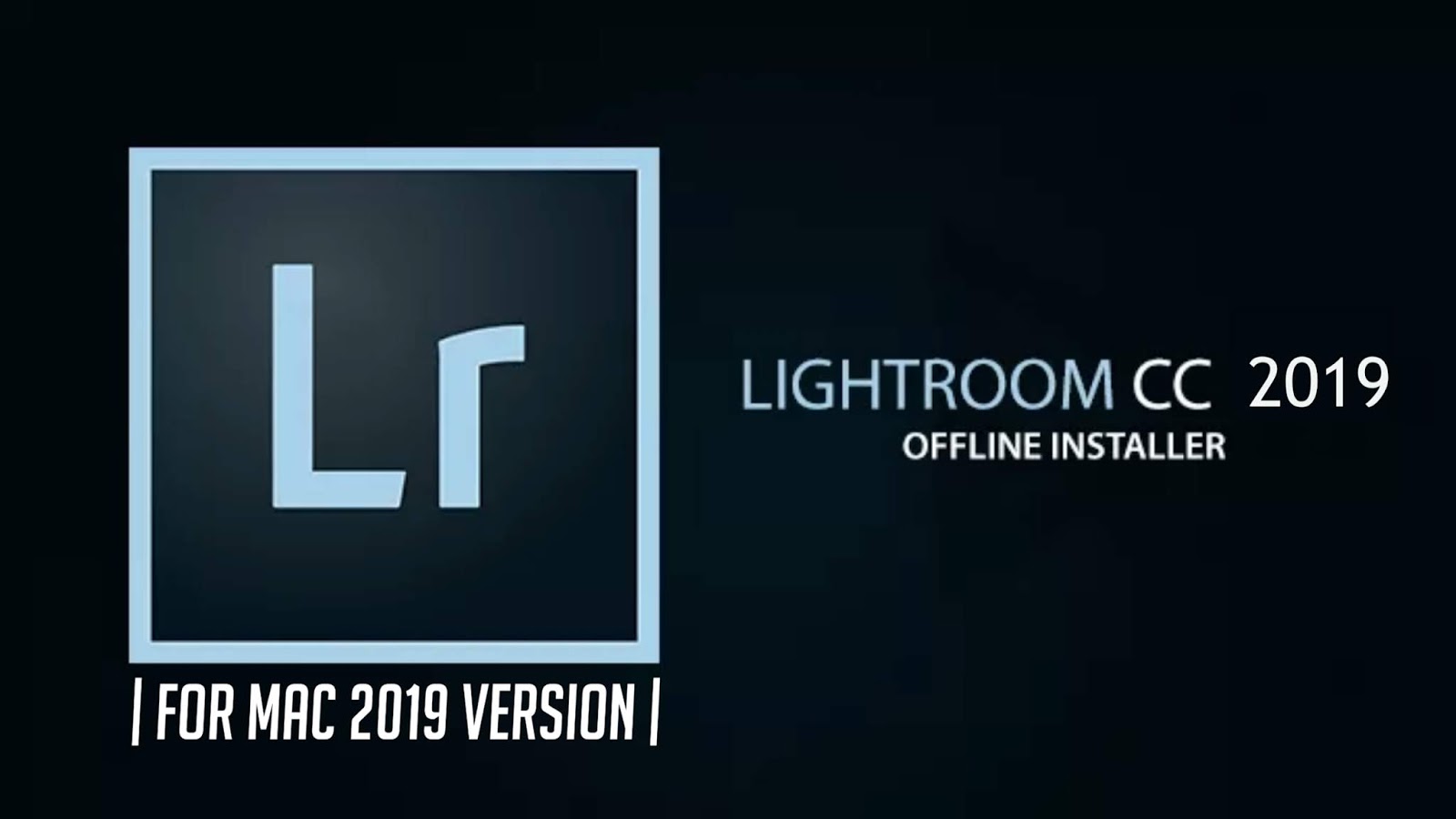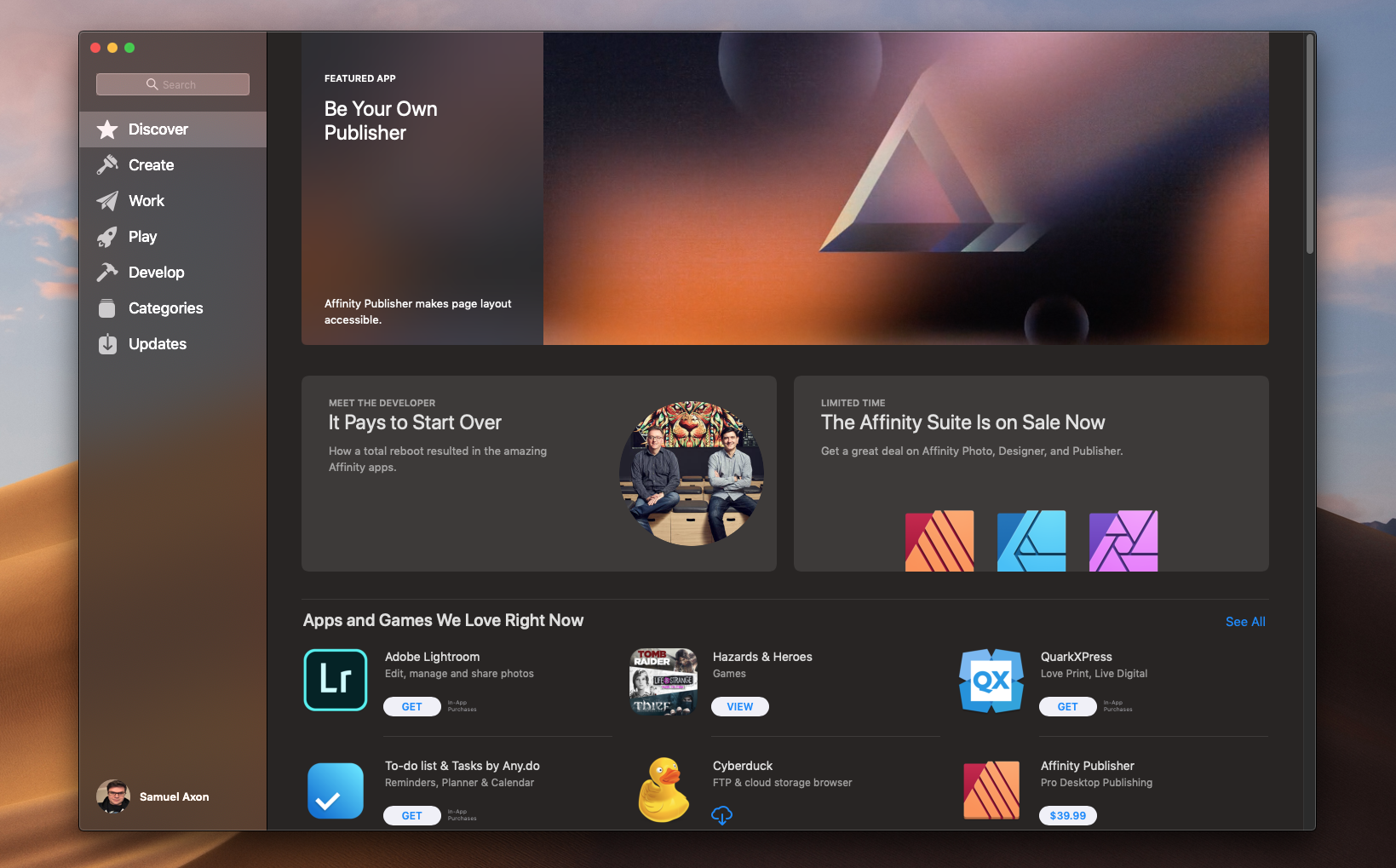
Like most “auto” enhancement features, Luminar’s AI Image Enhancer seems to boost contrast and vibrance without affecting noise.

The software has a number of “AI” enhancements although it’s unclear whether there’s actually any AI happening locally, or whether their algorithm was trained by AI. Luminar’s “Looks” are equivalent to Lightroom’s Presets, but Luminar provides thumbnail previews rather than relying on a “mouse over” to preview the change.

The software has pro-level controls, but the workspaces allow amateurs (or the time constrained) less choice for less confusion. But unlike Lightroom, Luminar offers “workspaces,” which hide or reveal certain controls depending on how into the weeds you want to get with editing. Luminar has an “Edit” mode that is akin to Lightroom’s Develop module. You can traverse your images by folder, and the Library also adopts some Apple Photo-like conventions by providing a photo “stream” organized by date. In 2018, the company rebranded to Skylum and added key features like a library function that gave it some parity with Lightroom’s catalog.

The last time we looked at Luminar in 2017, it was a relatively new entrant into the parametric editing software realm created Macphun – a company that originally created iPhone apps. All of the options provide free trial periods, which is worth taking advantage of to learn the pros and cons. Many of the options are moving towards building more “one-click” smart editing options, which is both reflective of the Instagram filter generation, as well as providing good results to time-pressed pros. We did a quick evaluation of some of the popular alternatives using a Mac Pro (Late 2013) with 64GB of RAM.


 0 kommentar(er)
0 kommentar(er)
